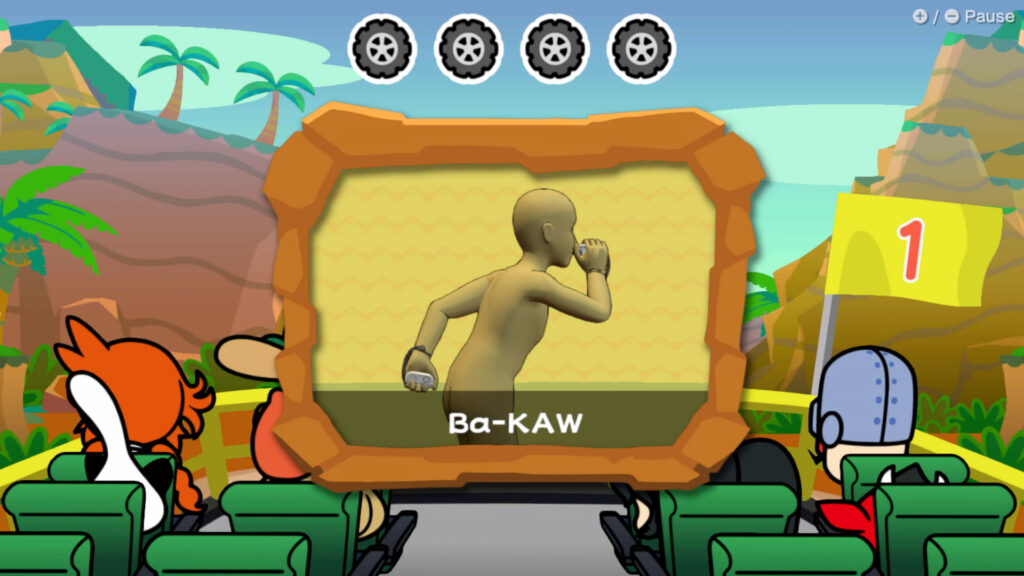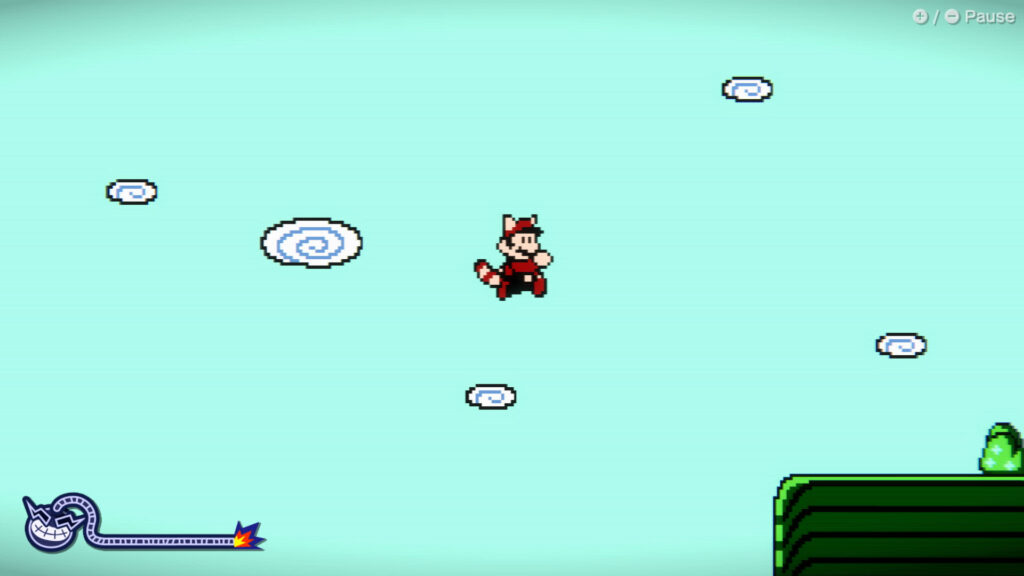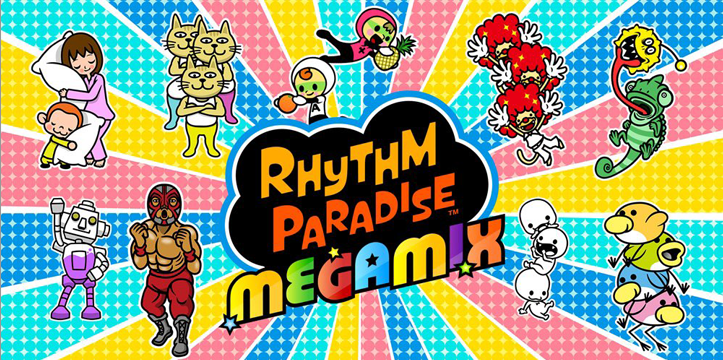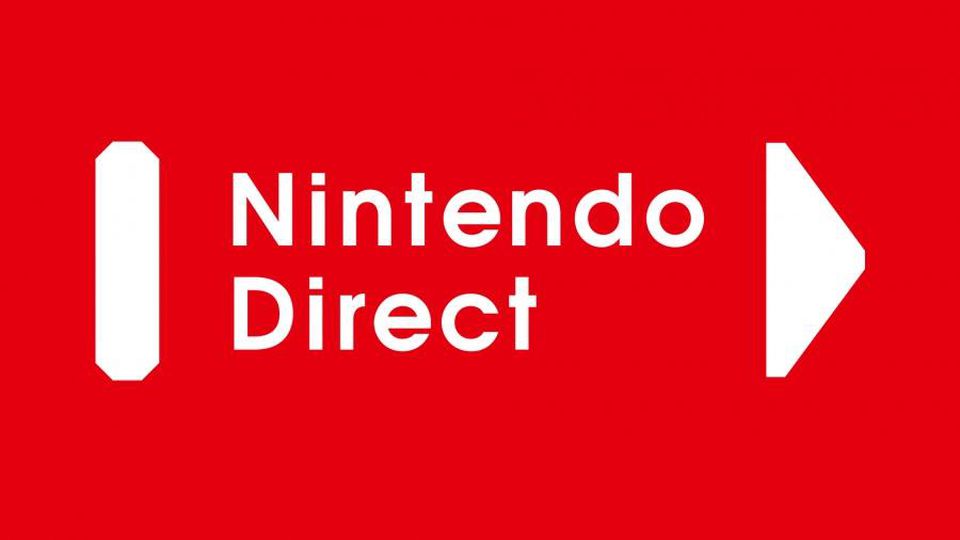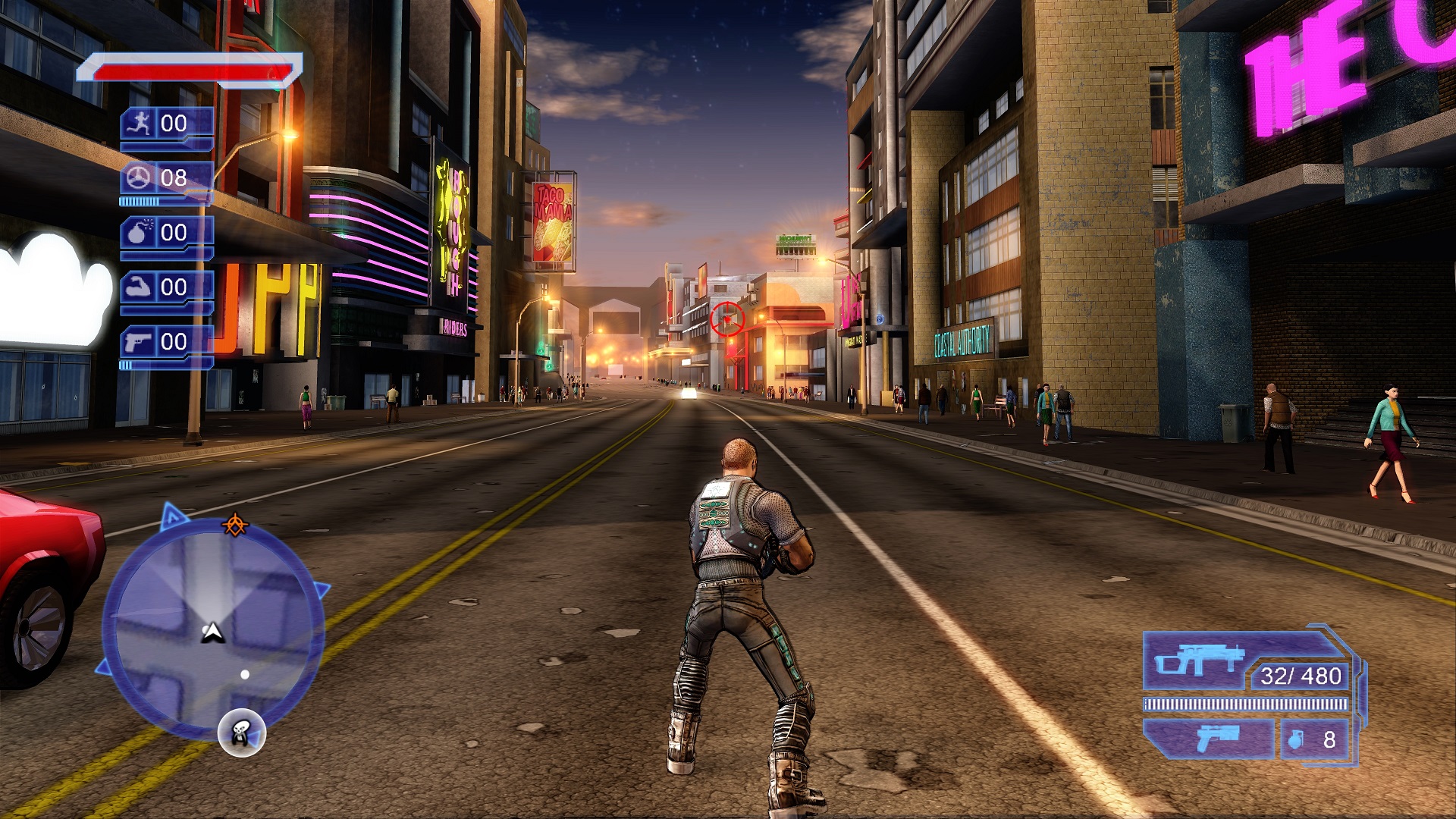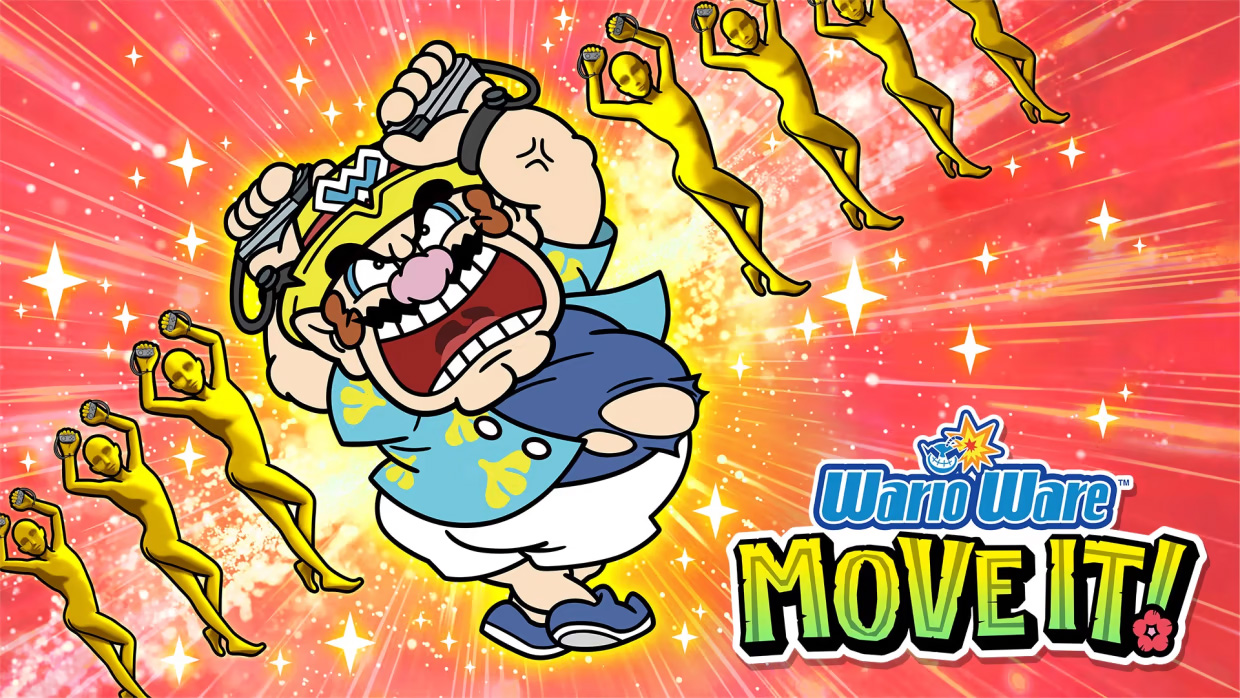
Definitely Nintendo’s weirdest series, WarioWare quietly turned 20 this year, after premiering its still-impressively creative concept on the Game Boy Advance with WarioWare: Mega Microgames back in 2003. Since then the series has carried onwards, finding new spins to put on its core formula of rushing players through a series of super-short ‘microgames’ that last seconds, requiring you to not only understand what each game is but win it within seconds. If players weren’t already familiar with the series from its games on portable consoles, they certainly may have encountered it on the Wii, as WarioWare: Smooth Moves introduced motion controls with the then-brand new Wii Remote, and went on to sell over 1.8 million copies as a launch title for the platform. WarioWare: Move It! on the Switch is a direct successor to Smooth Moves, and similarly feels like it should have been a launch title for the Switch, as so much of it is reminiscent of the platform’s early games. That’s not to say this isn’t still a fun WarioWare title in its own right, but it is one that feels like it arrives with too little, too late into the console’s life cycle.
The basic setup for WarioWare: Move It! is that Wario and his friends have won a competition for a tropical vacation to Caresaway Island. While there, they each get into various mishaps which form the basis of the Story Mode, which plays out like every other WarioWare title has done in the past. You’ll need to play through each character’s own mini-story, which each have their own collection of microgames, and complete its boss level before unlocking further characters and progressing. You won’t be able to unlock every microgame with a single playthrough of a character’s level, so you’re encouraged to replay each one until you’ve unlocked everything, and can then re-visit microgames either in the museum, or in various remix levels that shuffle games together.
As with Smooth Moves, your initial playthrough is constantly interrupted by amusing, if long-winded, explanations for each ‘Form’ you should hold for every micro-game. This might be as simple as having your hands by your hips, to more outwardly hilarious ones like making a fashionista pose, or a cute kissy pose. While it’s true that if you’re on the couch, you could probably fake most of these poses, the whole joy of Move It!, particularly with friends, is the chaos that comes from constantly shifting between forms. It can be frustrating if you can’t figure out what a game wants you to do exactly on your first try, especially if the form doesn’t outwardly seem to match the action in-game, but repeat playthroughs generally make everything clear and even funnier. Some forms are a little more demanding and interesting, such as one that literally requires you to drop your controllers (placing a lot of faith in your wrist straps), and another that actually uses the IR camera at the bottom of the right Joy-Con that both you and I had completely forgotten about.
The games themselves are all simple, but often have weird or embarrassing spins that make this much more of a party game than other WarioWare titles. You’ll have to push a snowball with your booty, stomp around the floor like a sumo, flap your arms to fly and even do a power crouch like Samus, all of which are hilarious to watch, and exhausting to do in person. Move It! certainly knows it works up a sweat, as there’s even a dedicated workout category unlocked upon beating the game, exclusively pushing you through the more physically taxing microgames in ‘reps’. Perhaps slightly disappointing is 9-Volt’s stage, a character who’s always associated with microgames based on classic Nintendo properties. The level is held back to near the end of the (short) story mode, but it contains a relatively slim amount of microgames, with only a handful of truly memorable ones – controlling a chicken escaping Link and a motion-controlled version of Super Mario 64‘s slide sections.
That really goes for most of the 200-strong microgame collection, as while there are standout moments of chuckles and absurd humour found throughout them, there’s also quite a lot of familiar themes and ideas that you feel like you’ve seen before, especially if you’re a longtime fan of the series. While the main story mode can be beaten in a couple of hours, with all the microgames unlocked in not much longer than that, it’s usually the fun of these games that keeps you coming back to try and reach higher scores for beating more and more of them, and I don’t see Move It! having quite the same replay value as other entries in the series with the games on offer. That’s not to say it isn’t fun with friends, especially in multiplayer if you can get a group together, but even taking turns in the single-player mode is enough for some good laughs, you might just get worn out fairly quickly and not feel the need to return too often.
I can appreciate WarioWare: Move It!‘s mission to get us fat lazy sods to get off the couch and get moving, through its trademark brand of absurd humour. Its strengths are the same as its Wii predecessor, in getting friends to do dumb motions in even dumber games to great amusement for everyone involved. But, it also feels a lot like Smooth Moves did, as a tech demo for the console’s controllers. That’s not a bad thing necessarily, but the nature of microgames means that no idea in Move It! is particularly fleshed out or utilised beyond a simple idea that comes with only a few basic levels of difficulty, meaning there’s not a whole lot of reason to back to it once everything has been seen and unlocked. Nevertheless, there’s nothing quite like WarioWare out there, and there’s still nothing that can be as simultaneously hilarious, dumb and bizarre, especially from Nintendo, and Move It! is no exception.
-Great fun with friends, in a Wii-era way where everyone ends up doing ridiculous motions -Some valiant attempts to make use of forgotten Switch tech, like the IR camera
-Feels like it should have come out five years ago -Not an overwhelming amount of content, nor much reason to come back after unlocking everything

